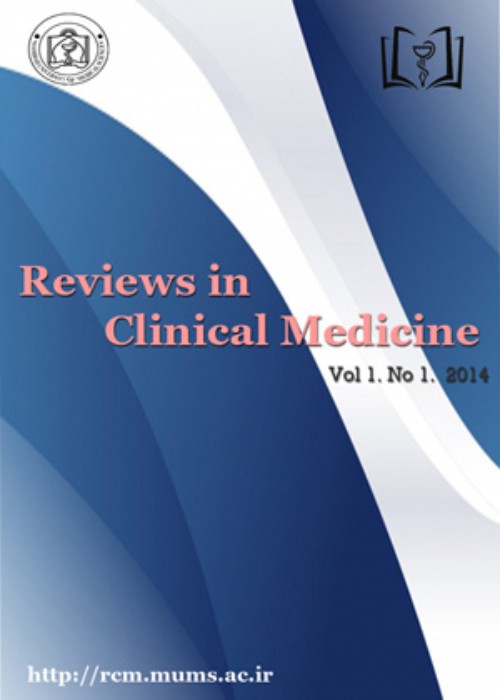Colistin Resistance Burden among Clinical Isolates of Gram-negative Rods: A Systematic Review and Meta-analysis
In recent decades, the inappropriate use of antibiotics and the existence of transferable resistant elements have caused the emergence of multidrug-resistant (MDR) gram-negative organisms. Antimicrobial resistance is becoming one of the major challenges to public health and has caused morbidity and mortality worldwide. The purpose of this study was the assessment of the prevalence and frequency of colistin resistance among gram-negative bacilli (Enterobacteriaceae, Acinetobacter spp., and Pseudomonas spp.) in Iran and around the world.
For this systematic review and meta-analysis, we searched international and national databases, including PubMed, Google Scholar, SID, and Magiran, from 1998 to 2018 for articles and abstracts describing colistin resistance among gram-negative bacilli. We have included 92 studies that met our inclusion criteria, and the outcomes were combined using a random-effects model to derive the event rate of colistin resistance among gram-negative bacilli. Data were analyzed by the Comprehensive Meta-Analysis Software (V2), and the heterogeneity of the studies was assessed using the I2 index.
Out of the 11050 papers identified, 92 studies met the strict inclusion criteria and were finally included. The overall event rate of colistin resistance among gram-negative bacilli (GNB) was about 6.6%, while the event rate of colistin resistance among Acinetobacter spp. (n = 18504) was 2.8% (summary: 95% confidence interval (CI): [0.02, 0.041], P = 0.001, I2 = 70, df (Q) = 36, Q-value = 121.924). The colistin resistance among Pseudomonas spp. (n = 15094) was 3% (95% CI: [0.022, 0.041], P = 0.001, I2 = 68.3, df (Q) = 25, Q-value = 85.648), and the colistin resistance among Enterobacteriaceae spp. (n = 44772) was 0.8% (95% CI: [0.004, 0.014], P = 0.001, I2 = 87.6, df (Q) = 15, Q-value = 71.291). Therefore, the event rate of resistance to colistin among GNB was relatively low (6.6%).
The event rate of resistance to colistin among GNB was low. Therefore, this antimicrobial agent can still be administered as a suitable option against GNB that are resistant to other antibiotics such as carbapenems.
- حق عضویت دریافتی صرف حمایت از نشریات عضو و نگهداری، تکمیل و توسعه مگیران میشود.
- پرداخت حق اشتراک و دانلود مقالات اجازه بازنشر آن در سایر رسانههای چاپی و دیجیتال را به کاربر نمیدهد.




